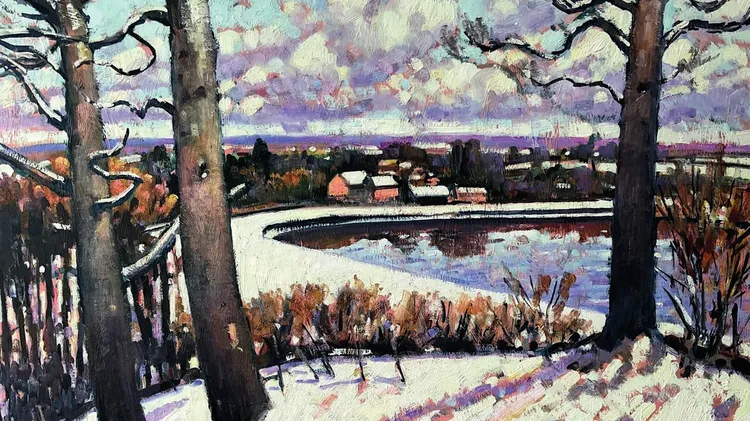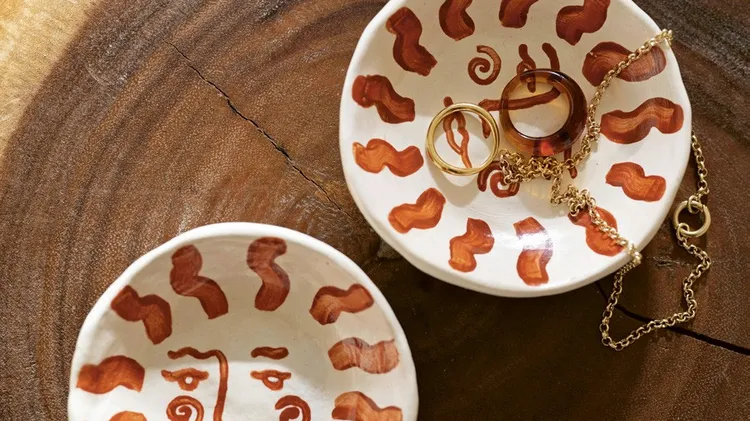In the second of three articles on painting in oils, Andrew Field uses the ske
Lessons in oils
11 min read
This article is from...
Read this article and 8000+ more magazines and newspapers on Readly






